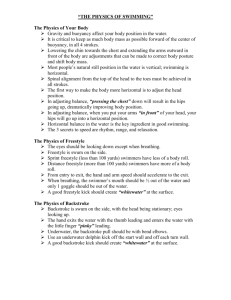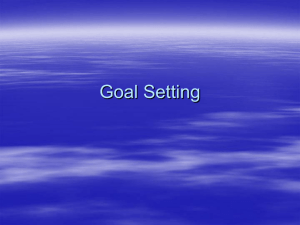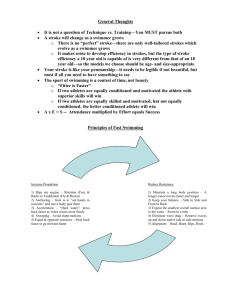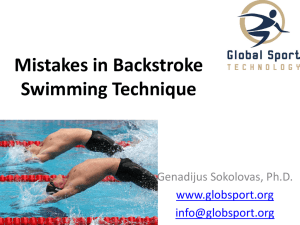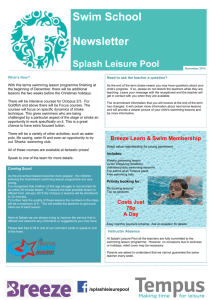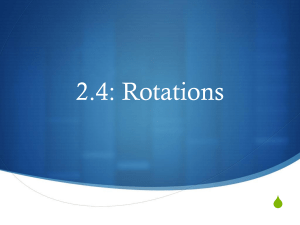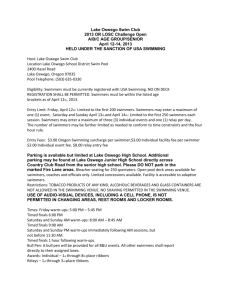Backstroke
advertisement
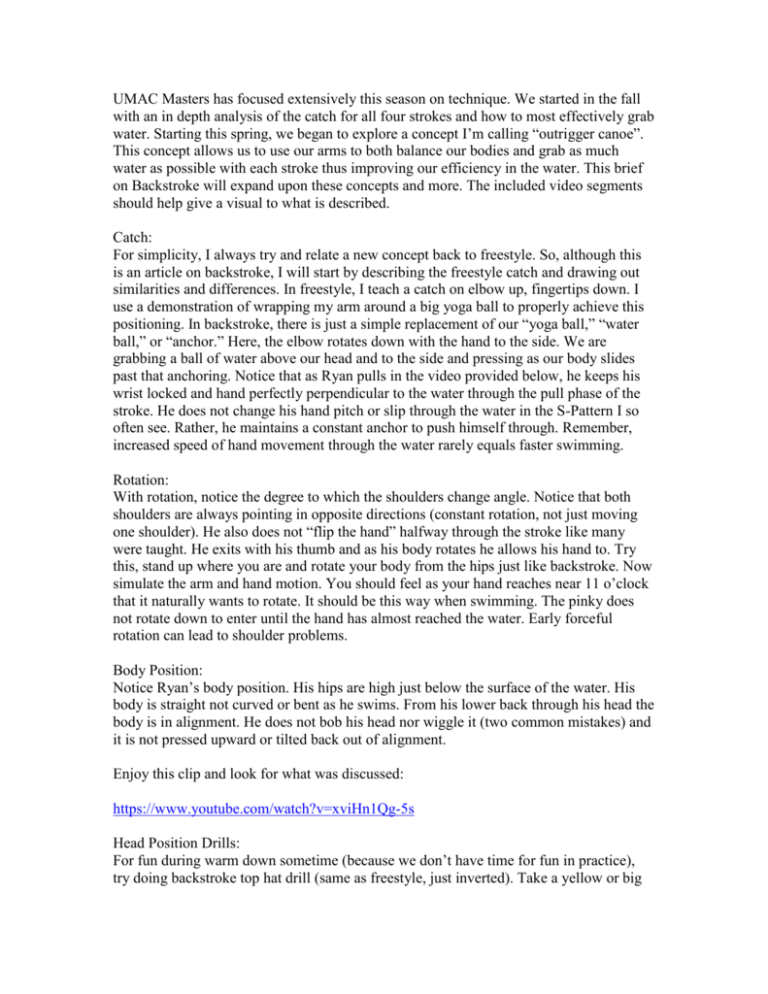
UMAC Masters has focused extensively this season on technique. We started in the fall with an in depth analysis of the catch for all four strokes and how to most effectively grab water. Starting this spring, we began to explore a concept I’m calling “outrigger canoe”. This concept allows us to use our arms to both balance our bodies and grab as much water as possible with each stroke thus improving our efficiency in the water. This brief on Backstroke will expand upon these concepts and more. The included video segments should help give a visual to what is described. Catch: For simplicity, I always try and relate a new concept back to freestyle. So, although this is an article on backstroke, I will start by describing the freestyle catch and drawing out similarities and differences. In freestyle, I teach a catch on elbow up, fingertips down. I use a demonstration of wrapping my arm around a big yoga ball to properly achieve this positioning. In backstroke, there is just a simple replacement of our “yoga ball,” “water ball,” or “anchor.” Here, the elbow rotates down with the hand to the side. We are grabbing a ball of water above our head and to the side and pressing as our body slides past that anchoring. Notice that as Ryan pulls in the video provided below, he keeps his wrist locked and hand perfectly perpendicular to the water through the pull phase of the stroke. He does not change his hand pitch or slip through the water in the S-Pattern I so often see. Rather, he maintains a constant anchor to push himself through. Remember, increased speed of hand movement through the water rarely equals faster swimming. Rotation: With rotation, notice the degree to which the shoulders change angle. Notice that both shoulders are always pointing in opposite directions (constant rotation, not just moving one shoulder). He also does not “flip the hand” halfway through the stroke like many were taught. He exits with his thumb and as his body rotates he allows his hand to. Try this, stand up where you are and rotate your body from the hips just like backstroke. Now simulate the arm and hand motion. You should feel as your hand reaches near 11 o’clock that it naturally wants to rotate. It should be this way when swimming. The pinky does not rotate down to enter until the hand has almost reached the water. Early forceful rotation can lead to shoulder problems. Body Position: Notice Ryan’s body position. His hips are high just below the surface of the water. His body is straight not curved or bent as he swims. From his lower back through his head the body is in alignment. He does not bob his head nor wiggle it (two common mistakes) and it is not pressed upward or tilted back out of alignment. Enjoy this clip and look for what was discussed: https://www.youtube.com/watch?v=xviHn1Qg-5s Head Position Drills: For fun during warm down sometime (because we don’t have time for fun in practice), try doing backstroke top hat drill (same as freestyle, just inverted). Take a yellow or big red strokemaker paddle and push off holding it squarely on your head. So long as your head is positioned correctly, the force of you swimming through the water should keep the paddle square on your head. This drill will also force you to rotate along your long axis not snake through the water in a wiggling S-Pattern. For those of you who really want a challenge, try to fully rotate and kick while balancing a bottle on your forehead. Once that is mastered, try swimming like that. These drills will force you to keep your head back (in alignment), fully rotate, and keep your body in line. I could not find good enough videos online but I know more elaborate descriptions can be found. If you have any further questions or need a more exact description, ask a coach on deck while you give it a try! More about head position can be read here courtesy of Gary Hall Sr. and Swimswam. http://swimswam.com/the-truth-about-your-head-position-in-swimming/ Outrigger Concept: Imagine an outrigger canoe. It has two long narrow hulls that together make it more hydrodynamic than one. It is balanced and built for speed. How can we transfer this to swimming? Kick on your side with both arms down. You should feel a little pull on your shoulders. Not very efficient right? now kick on your side with one arm extended. Feel the press on your palm as you stay balanced. You are much more hydrodynamic and balanced now right? Also notice that while you are on your side in this position, your reach is the maximum it could possibly be. Now getting this to transfer to the stroke is the goal. Do a drill like 6-kick switch and feel the extended catch. Now try and swim grabbing that same amount of water. When paired with the proper catch technique both lead to a significantly more powerful and balanced stroke. Underwaters: Watch Ryan’s kicks. The visual I have used is walking on the deck. As we step forward we have a bent knee. The degree is similar to that we would use when kicking a soccer ball. Our stationary leg, however, is perfectly straight. You will notice in the video that the upward kick (for backstroke dolphin kicks) has bent knees and the downward half of the kick (again for backstroke) is straight leg. Remember that freestyle will be the same concept of kicking just on your stomach. Too often I see swimmers that are only kicking up, not down (or down, not up for freestyle). You’re missing 50% of your kick! Think about how much farther we could go if we really worked both parts. Also notice the origin of the kick. His upper body is very still as the kick originates from the core. Every wall is an opportunity to improve this so start playing around with this during practice. https://www.youtube.com/watch?v=xegsVe4vn_o&spfreload=10 This last video is kind of a fun way to sum all the others up and conclude. Besides, I have loved watching Tyler swim since I was an age grouper and he was a budding senior level swimmer. In the shots from above, notice how linear their bodies are. There is no motion of any kind to the side. Notice the reach they are able to have (outrigger concept). From the side, watch the rotation, head position, and hand rotation. Underwater, notice the catch, and dolphin kicks. https://www.youtube.com/watch?v=EKoviMJgrdE If you have any questions about any of what is discussed or shown, please ask your coach or shoot me an email. Train Hard, Swim Fast! Coach Wyatt Bradbury UMAC Masters Email: wbradbur@terpmail.umd.edu
